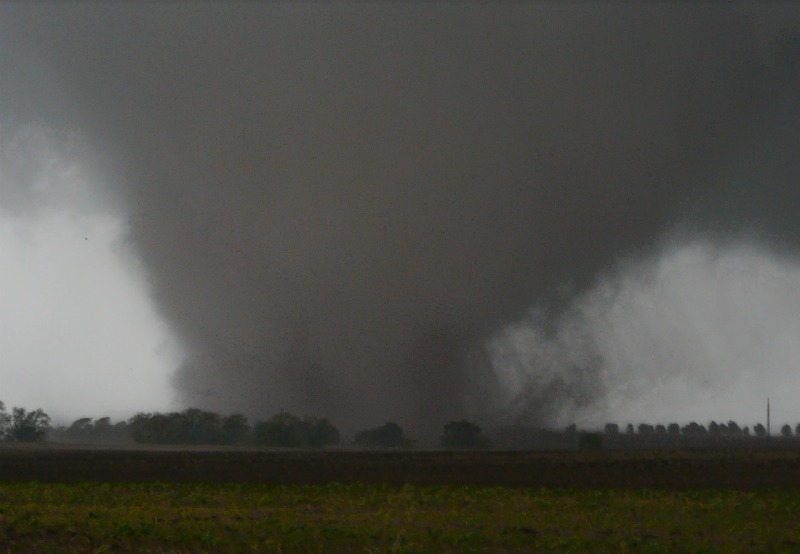Abundance of Spiders Weaving Scores of Webs


This article was provided by AccuWeather.com.
Above-average temperatures from the spring and summer have created the ideal conditions for spiders to thrive in many U.S. locations.
More spiders, of course, also means more spiderwebs. Why are there so many spiders? Does the increase in spiders mean a harsher winter?
Michael Raupp, a professor with the University of Maryland Department of Entomology, has the answer.
"The weather has been unusually warm this year. The warmer temperatures have allowed flying insects to produce more generations," Raupp said.
Spiders feed on flying insects like flies and mosquitoes. When the population of the insects increases, the spider population also increases.
Raupp said, "It's been a spectacular year for multivoltine insects (producing many broods). When the temperatures are 70 degrees F, the time it takes a mosquito to develop from egg to adult is about two weeks. If the temperature is increased to 90 degrees F, the cycle will take only a week."
Get the world’s most fascinating discoveries delivered straight to your inbox.
"The temperatures this summer, reported at the Baltimore Washington International Airport in Maryland, were 3.1 degrees above the average summer temperatures," said AccuWeather Meteorologist Steve Travis.
The increase in spider populations are tied to the favorable weather conditions during the spring and summer. They are not an indication of what the winter will bring.
© AccuWeather.com. All rights reserved. More from AccuWeather.com.
The only sure thing about weather forecasts is that they’re wildly different all over the planet. Test your knowledge on the wild ranges in temperature, precipitation and more.
Extreme Weather Facts: Quiz Yourself



